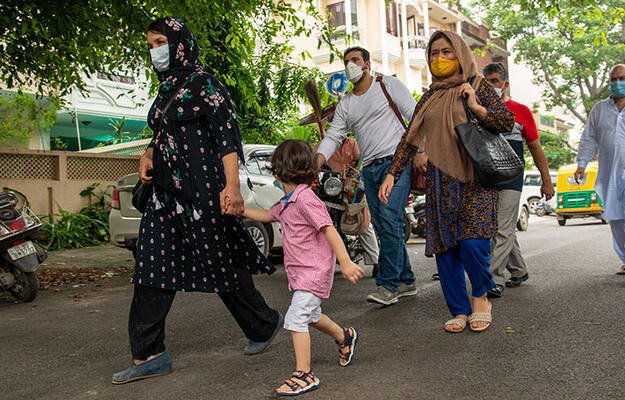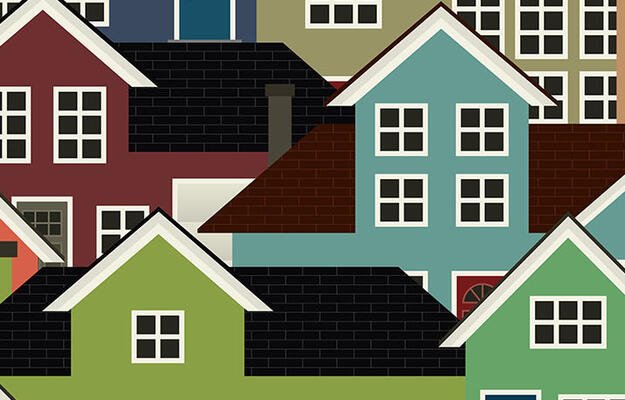
Social Groups Experience Multiple Precarious Housing Conditions at Different Rates
- Title:
- Social Groups Experience Multiple Precarious Housing Conditions at Different Rates
- Author:
-
Eileen Díaz McConnell
- Source:
-
Housing Policy Debate
- Publication Date:
-
2017
Vulnerable populations susceptible to factors that lead to social stratification are more likely to experience two or more precarious housing situations, but the likelihood of experiencing overlapping housing problems varies by social groups, according to Eileen Díaz McConnell in Housing Policy Debate. The author defines precarious housing situations as renting, having more than one family member per room of the housing unit, or spending more than 30 percent of household income on housing. Classifying families as hypervulnerable if they experience more than one precarious housing situation, McConnell examines the likelihood of households’ hypervulnerability in housing across social groups. The author used data from the Los Angeles Family and Neighborhood Study, which collected information on families’ housing status and neighborhood from April 2000 and January 2002 across 65 Los Angeles census tracts to generate an analytic sample of 1,356 white, black, and Latino respondents, most of whom were Latin American immigrants. With additional data on demographics (e.g., each immigrant respondent’s legal status and information on other sources of vulnerability, such as education level and income), the author builds on existing literature by linking Latino immigrants’ legal status with the simultaneous experience of multiple housing vulnerabilities.
Key findings
- Established social vulnerabilities predict a higher probability of experiencing multiple precarious housing conditions at the same time.
- Respondents experience housing hypervulnerability disproportionately. Respondents who have lower family income, who have less than a high school education, who are young or are single parents, and who lack a bank account are more likely to experience multiple precarious housing conditions.
- Latino immigrants without legal status have the highest likelihood of experiencing housing hypervulnerability relative to all other groups, controlling for other social vulnerabilities.


